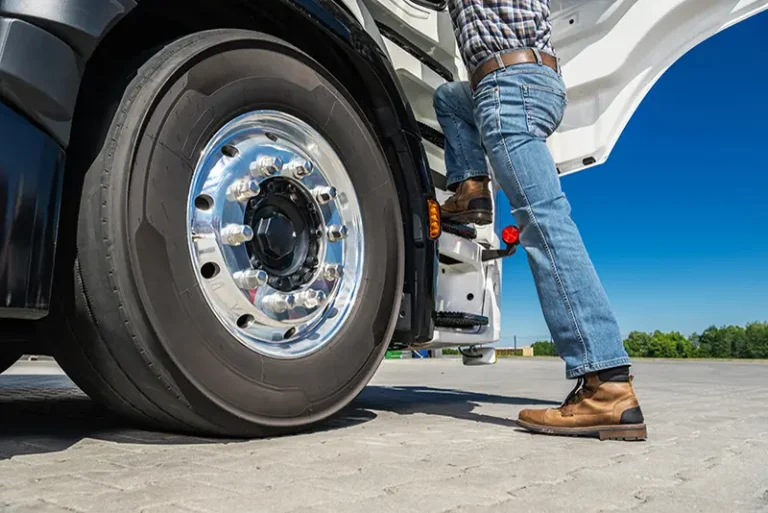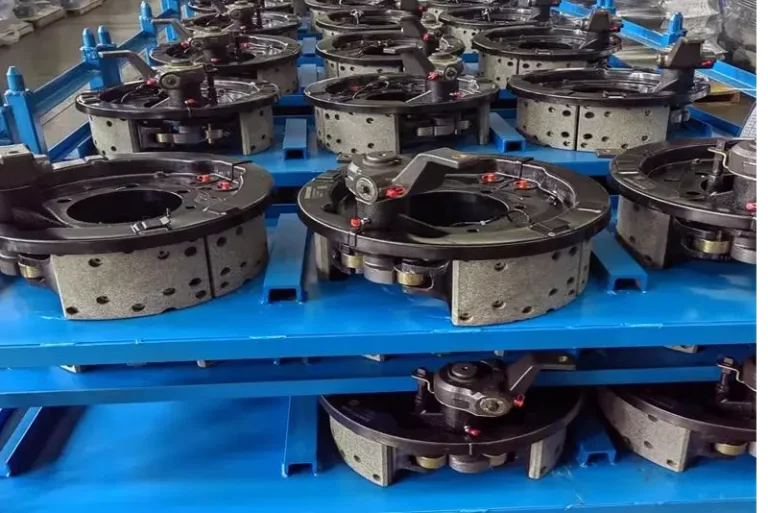The number of axles a truck has can vary depending on its design, purpose, and the load it is intended to carry. Understanding the different types of trucks and their axle configurations is necessary for both drivers and those involved in logistics and transportation.
Truck Types and Axle Configurations
Single-Axle Trucks
These trucks have one axle supporting both the front and rear wheels. They’re commonly used for light-duty jobs like deliveries or as small pickups. Even with a single axle, they can still have multiple wheels (such as dual rear wheels) to help spread the load more evenly.
Tandem-Axle Trucks
Tandem-axle trucks, often found in heavy-duty vehicles like semi-trailers, feature two axles placed close together under the same section of the truck. This setup enhances weight distribution and stability, making these trucks ideal for carrying heavy loads.
Tri-Axle Trucks
With three axles, these trucks are built for even heavier work. Typically, one axle is in the front and two are positioned at the rear in a tandem layout. Tri-axle trucks are frequently used in industries like construction and long-distance transport, where greater stability and load capacity are essential.
Multi-Axle Trucks
For extreme jobs like logging or mining, some trucks come with more than three axles. These specialized vehicles can handle exceptionally heavy loads and often require skilled drivers and special permits to operate.
Each axle configuration serves specific purposes, from light-duty tasks to heavy-duty industrial work, ensuring that there’s a truck design to fit almost any need.
Axle Configurations and Their Importance
Weight Distribution
The arrangement and number of axles on a truck play a key role in distributing weight across the vehicle. Balanced weight distribution helps ensure the truck can carry its load safely and efficiently, minimizing risks like tire damage, brake malfunctions, and other mechanical failures.
Regulations and Permits
Axle configuration directly impacts a truck’s legal load capacity. Trucks with more axles can typically carry heavier loads but may also require special permits to operate. Many regions enforce strict rules on vehicle weight and dimensions for road use. Violating these regulations can lead to fines, delays, or other penalties.
Final Thoughts
A truck’s axle setup is determined by its purpose and the type of load it’s designed to carry. For lighter tasks, single-axle trucks are common, while heavier and specialized loads require configurations like tandem, tri-axle, or multi-axle setups. Knowing the differences between these configurations is crucial for ensuring safe, efficient, and legal transportation.


